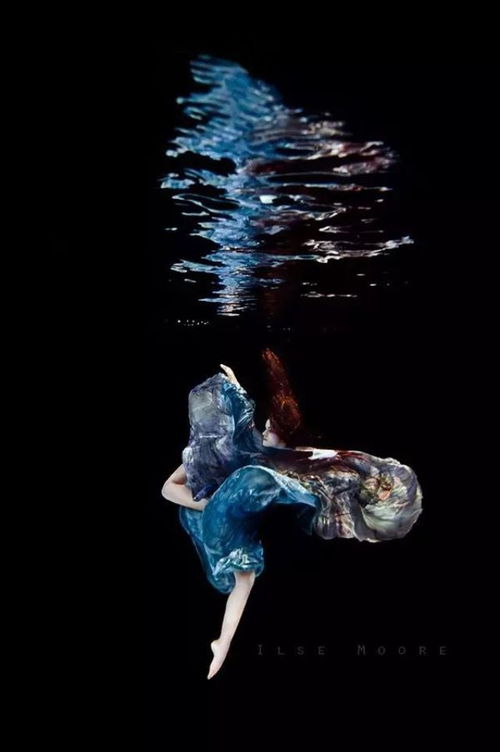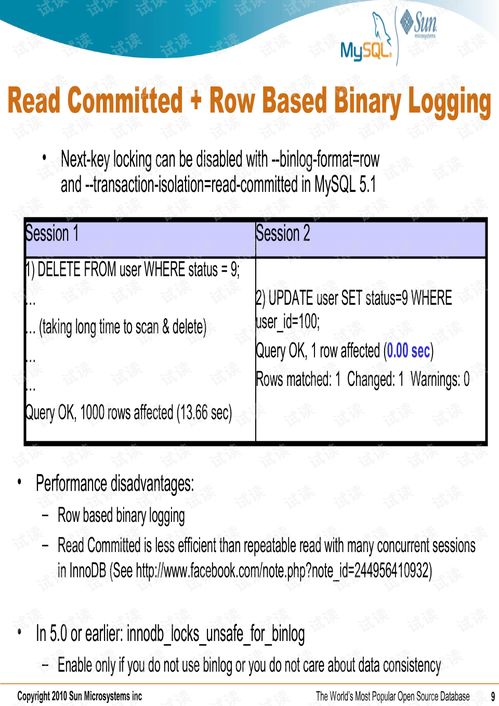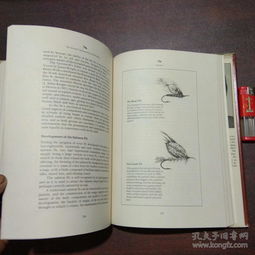Content:
Anglers often find themselves facing the challenge of cold weather while pursuing their passion for fishing. The low temperatures can make the water seem lifeless and the fish less active, but with the right techniques, it's possible to turn the tables and have a successful day on the water. One of the most effective methods in cold weather fishing is bottom fishing. Here's a comprehensive guide to mastering the art of bottom fishing when the temperatures drop.
Understanding Cold Water Fish Behavior
In cold water, fish tend to become more lethargic and migrate to deeper, warmer waters. To target these fish, it's crucial to understand their behavior and adapt your approach accordingly. Here are some key points to consider:

Depth: Fish often move to deeper waters in cold weather to escape the chill. Aim to fish in waters that are 10-20 feet deeper than you would in warmer months.
Structure: Look for natural or artificial structures like rocks, ledges, or sunken objects that can provide shelter and warmth for fish.
Temperature Gradient: Fish may be found along the thermocline, which is the layer where water temperature changes rapidly. Targeting this zone can increase your chances of catching fish.
Choosing the Right Equipment
The right equipment can make a significant difference in cold weather fishing. Here's what you need to consider:
Rod and Reel: A medium-heavy rod with a fast action is ideal for bottom fishing. A reel with a smooth drag and a good line capacity is essential to handle the weight of the bait and the fight.
Line: Use a braided line for its strength and sensitivity. It's less likely to freeze compared to monofilament, which can become brittle in cold temperatures.
Leader and Lure: A fluorocarbon leader is a good choice as it is less visible to fish and doesn't freeze as easily as monofilament. The lure you choose should mimic the natural prey of the fish you're targeting and be heavy enough to reach the bottom.
Techniques for Bottom Fishing in Cold Water
Now that you have the right equipment, here are some techniques to help you catch fish when the temperature is low:
Drop Shot Technique: This technique involves dropping a lure directly to the bottom and then slowly retrieving it. It's particularly effective in cold water as it allows you to cover a lot of ground and attract fish that are holding close to the bottom.
Jigging: Jigging involves repeatedly lifting and dropping a lure in short, sharp bursts. This action can attract fish that are inactive and stimulate them to bite.
Carolina Rig: This rig involves attaching a sinker, a swivel, and a lure or soft plastic to your line. It's great for covering a lot of ground and reaching deeper waters.
Dead Sticking: This technique involves letting your lure sit on the bottom for an extended period. It's best used when fish are particularly lethargic and require longer to react to the bait.
Tips for Cold Weather Comfort
Fishing in cold weather can be challenging, so it's important to stay comfortable:
Layered Clothing: Wear layers of moisture-wicking clothing to keep warm and dry. Always have a waterproof outer layer to protect against the elements.
Insulated Boots and Gloves: Good insulation is key to maintaining your body heat. Invest in a quality pair of insulated boots and gloves.
Protect Your Extremities: Keep your hands and feet warm by wearing warm socks and gloves, and consider using hand and foot warmers.
Stay Hydrated and Fed: Cold weather can make you feel less thirsty, but it's important to stay hydrated. Bring along a thermos with a warm drink, and don't forget to eat small, frequent meals to maintain your energy levels.
By understanding the behavior of fish in cold water, choosing the right equipment, and employing effective techniques, you can increase your chances of success when the temperatures drop. Remember to stay safe and comfortable, and with these tips, you'll be well on your way to mastering the art of bottom fishing in chilly waters.












